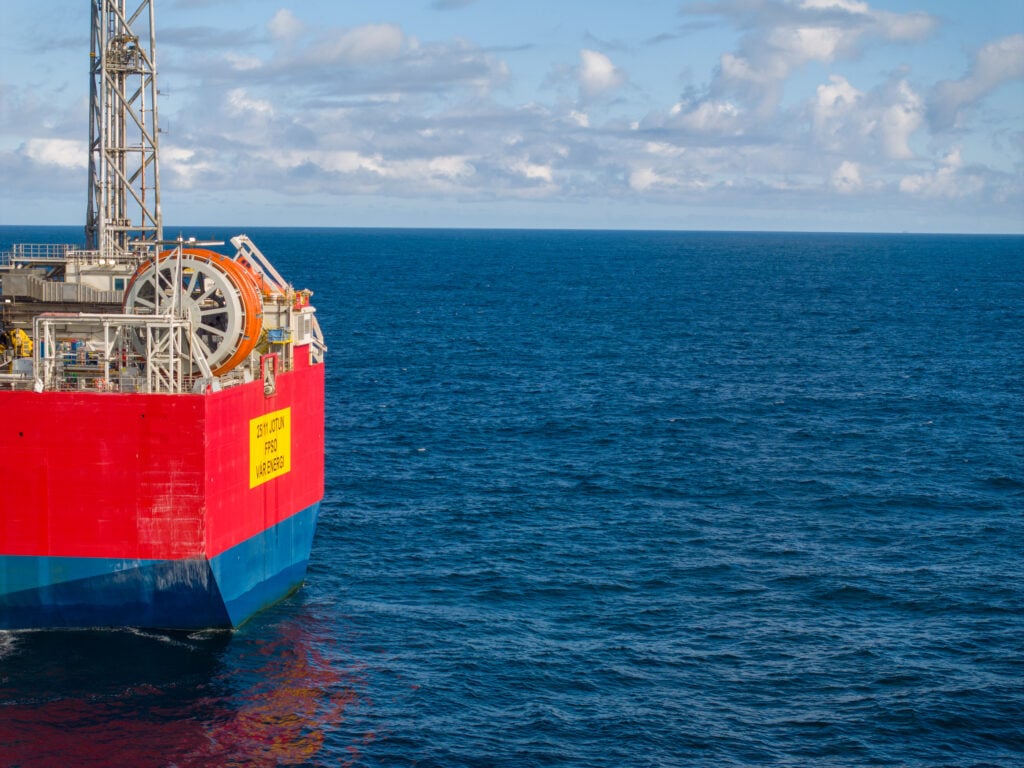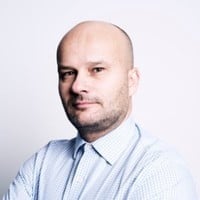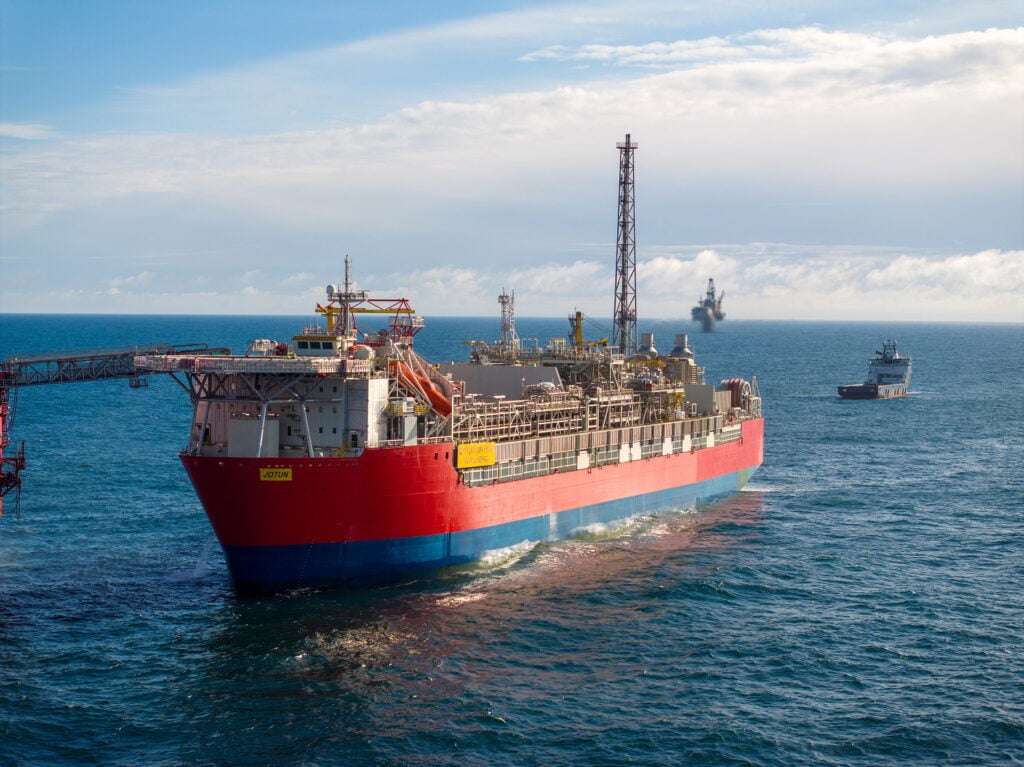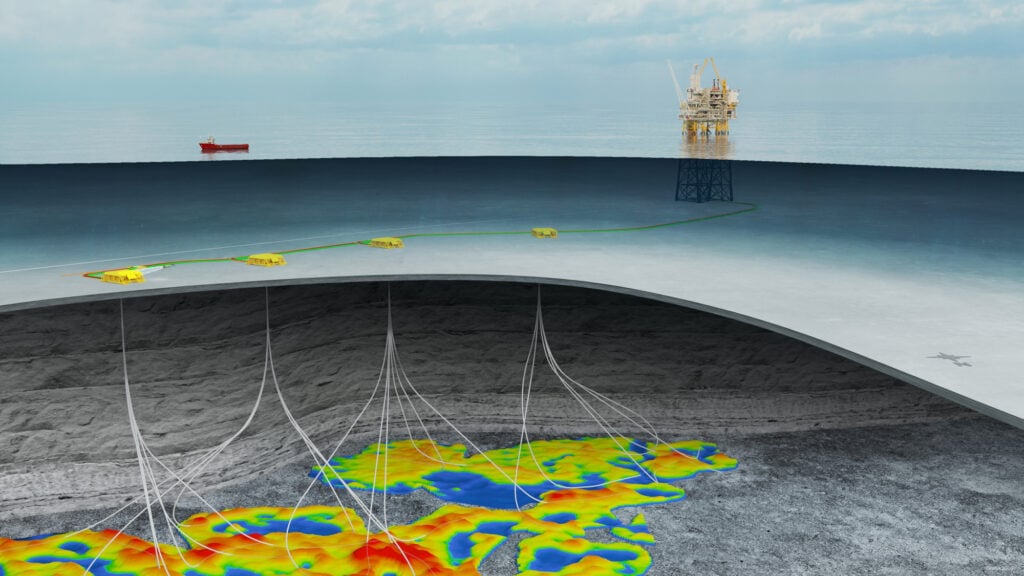The Balder hub

Strong production growth
Balder is a core hub with expected long-term production upside. The hub accounted for 20% of the company’s production for 2024 and 276 mmboe in 2P reserves at the end of the year.
At Balder and Ringhorne, Vår Energi is operator and holds 90% working interest in Balder and 92,6% working interest in Ringhorne East.
Key assets in the Balder hub are Grane and Breidablikk. Vår Energi holds a ~28.3% working interest in Grane.
The Breidablikk field, which is located around 10 km northeast of the Grane platform, had its start-up ahead of schedule with its first production in October 2023.
The field development concept includes four subsea templates linked to the Grane platform by pipeline. Vår Energi holds a 34.4% working interest in Breidablikk.





